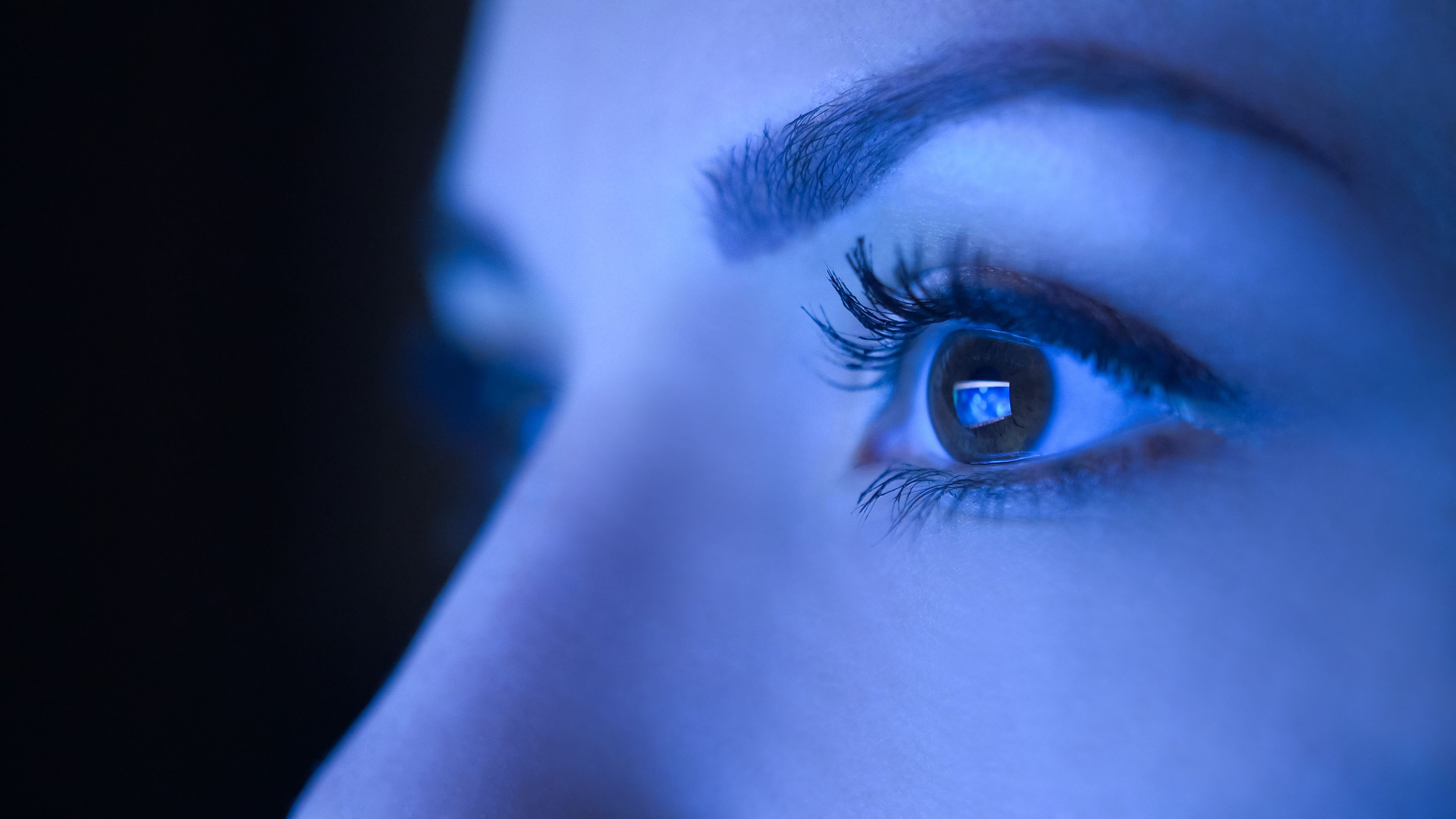Article
Eyenuk gets greenlight to market AI screening system in European Union
Author(s):
According to the company, the approval allows Eyenuk’s EyeArt AI eye screening system, already approved for detection of diabetic retinopathy, to aid millions of additional patients at risk for vision loss.
According to the company, its AI system provides autonomous screening for diabetic retinopathy (DR), age-related macular degeneration (AMD) and glaucomatous optic nerve damage, including retinal imaging, based on international clinical standards and immediate reporting, in a single office visit during a patient’s regular exam.

Eyenuk has been approved to market its AI eye screening system (EyeArt) in the European Union for the new uses of detecting age-related macular degeneration (AMD) and glaucomatous optic nerve damage (glaucoma).
The AI system (version 3.0) has been granted a new European Commission (EC) certification as a Class IIb medical device under the EU’s Medical Devices Regulation 2017/745 (“MDR”) and is intended to detect signs of diabetic retinopathy (DR) (including diabetic macular edema), AMD, and glaucoma in patients at risk of vision loss using computerized analysis of images of the retina. The system was previously approved in the EU for detection of DR.
According to the company, this EC Certification makes the company’s AI system the first and only autonomous AI solution with Class IIb MDR CE marking for the automated detection of all three eye diseases and will allow Eyenuk customers in the EU to detect the diseases in a single exam using the same set of retinal images.
The company also noted that its AI system is currently only system that is both CE Marked for the detection of the three diseases as well as FDA-cleared for the detection of DR, the leading cause of blindness among working-age adults.
The AI system greatly expands the availability of vision-saving eye screenings by making automated AI diagnosis and coordination of care possible in primary care medical practices without the need for a specialist’s review. The system is integrated with retinal imaging cameras and can be operated by clinical support staff to generate a detailed screening report in less than 30 seconds. In regions with limited access to ophthalmologists, its ability to detect multiple eye diseases with a single exam can help reduce vision loss from these blinding eye diseases.
“Achieving MDR certification is a major milestone for Eyenuk and a result of our early adaptation to the more stringent requirements of the new regulation. It reaffirms the strong results from rigorous clinical validation of the EyeArt AI system,” Malavika Bhaskaranand, head of Regulatory and Clinical Affairs at Eyenuk, said in a statement.
“This EC certification multiplies our impact in two ways. First, our autonomous AI can now help many more patients at risk of vision loss – the population at risk of AMD and glaucoma, particularly seniors, in addition to people with diabetes,” Kaushal Solanki, CEO and founder of Eyenuk, said in a statement. “Second, our AI can now provide a more comprehensive report for each patient with detection results for three diseases compared to just one previously.”
Solanki also pointed out that DR, AMD, and glaucoma are all asymptomatic in their early stages.
“The high sensitivity of the EyeArt AI system, and its ability to be delivered without a specialist, makes it easier to catch the diseases early and to take preventative measures to protect the vision of these patients,” Solanki said in the statement. “We look forward to the opportunity to forge new partnerships with world-class hospitals and healthcare institutions in Europe to help preserve the eyesight of millions across the continent with these diseases.”
According to the company, its AI system provides autonomous screening for diabetic retinopathy (DR), age-related macular degeneration (AMD) and glaucomatous optic nerve damage, including retinal imaging, based on international clinical standards and immediate reporting, in a single office visit during a patient’s regular exam.
Once the patient’s fundus images have been captured and submitted to the EyeArt AI System, the detection results are available in a PDF report in less than 30 seconds.
The AI system was developed with funding from the U.S. National Institutes of Health and is validated by the U.K. National Health Service. The system is reimbursable by government and private payors in the U.S. under the Category 1 Current Procedural Terminology (CPT) code 92229.
Newsletter
Don’t miss out—get Ophthalmology Times updates on the latest clinical advancements and expert interviews, straight to your inbox.




